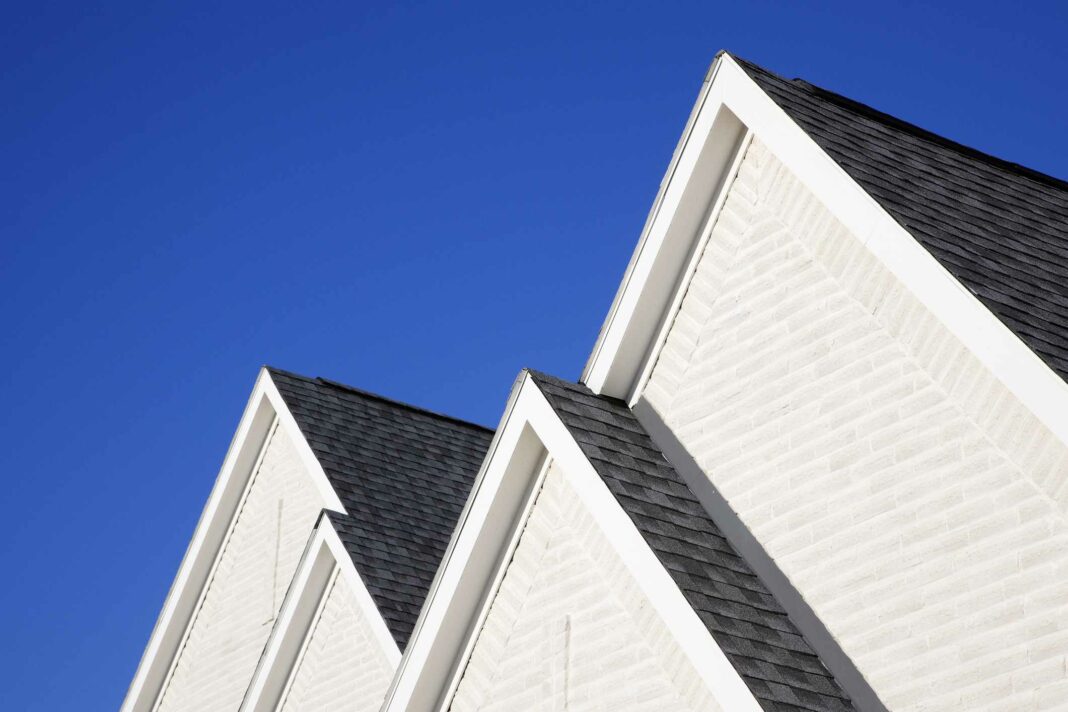What Is a Gable Roof? If You Live in a Cold Climate, It Might Be What You Need
A gable roof is one of the most common roof styles in residential construction. It is characterized by two slopes that meet at a central ridge, forming a triangular shape at each end.
Advantages of Gable Roofs
Gable roofs are popular for several reasons. One of the main advantages is their simple design, which makes them relatively easy and cost-effective to construct. The steep slopes of a gable roof also allow for efficient water runoff, making them particularly suitable for areas with heavy precipitation.
Increased Attic Space
The triangular shape of a gable roof creates additional attic space, which can be used for storage or converted into living space. This can be especially beneficial for homeowners looking to maximize their home’s square footage.
Improved Ventilation
The steep slopes of a gable roof allow for better ventilation, helping to prevent moisture buildup and reduce the risk of mold and mildew growth. This can be particularly important in cold climates where condensation can be a concern.
Challenges of Gable Roofs in Cold Climates
While gable roofs offer many benefits, they may not be ideal for all climates. In cold regions, gable roofs can be prone to problems such as snow buildup and ice dams. The steep slopes that allow for efficient water runoff can also make gable roofs more susceptible to wind damage in areas with harsh winter weather.
Snow Buildup
Gable roofs can be more likely to accumulate snow than other roof styles, as the steep slopes can cause snow to gather and create heavy loads. This can lead to structural issues and potential roof collapses in extreme cases.
Ice Dams
Another common problem with gable roofs in cold climates is the formation of ice dams. Ice dams occur when melting snow refreezes at the eaves, creating a barrier that prevents water from draining off the roof. This can result in water infiltration and damage to the roof and interior of the home.
Conclusion
Overall, gable roofs are a popular choice for residential construction due to their simple design, efficient water runoff, and increased attic space. However, homeowners in cold climates should be aware of the potential challenges that gable roofs can present, such as snow buildup and ice dams. Proper maintenance and insulation can help mitigate these issues and ensure that a gable roof functions effectively in a cold climate.
FAQs
1. Are gable roofs more expensive to build than other roof styles?
In general, gable roofs are considered to be more cost-effective than other roof styles due to their simple design and ease of construction.
2. How can I prevent snow buildup on a gable roof?
One way to prevent snow buildup on a gable roof is to install snow guards or metal roof clips that help hold snow in place and prevent it from sliding off in large sheets.
3. Can I add insulation to my gable roof to prevent ice dams?
Yes, adding insulation to a gable roof can help prevent ice dams by keeping the roof deck cold and reducing the likelihood of snow melting and refreezing at the eaves.




